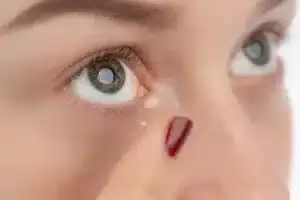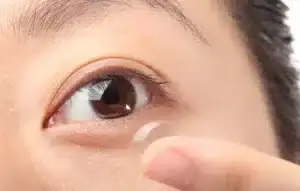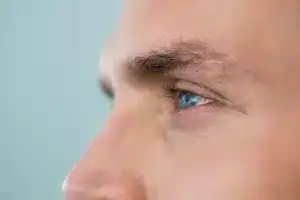Blog
Latest news and update

What Are Extended-Wear Contacts?
Contacts are amazingly convenient in many ways — they’re virtually invisible, comfortable, and can give you perfect eyesight — but most are daily wear, which means they

The Difference Between Daily and Monthly Contacts
Contact lenses are wonderfully convenient, and even the most complex corneas can be fitted to the perfect pair. You might be surprised to learn how

What Causes Meibomian Gland Dysfunction?
Millions of people in the United States suffer from dry and itchy eyes. If you’re one of them, you may want to learn a little

Gas-Permeable Contact Lenses: What You Need to Know
The vast majority of contact lens wearers use soft, flexible contacts that must be replaced on a regular schedule: daily, every two weeks, or monthly.

What Is Keratometry?
If you’ve never had an eye exam, you might be curious about the various tests that will occur during your appointment. You probably expect a

Meibography: A Game-Changer for Dry Eye Sufferers
Did you know that your upper eyelids contain approximately 30 to 40 glands, which secrete an oil that coats the surface of your eyes, keeping
